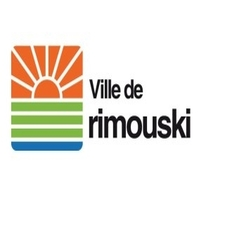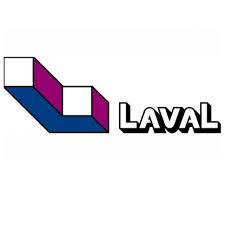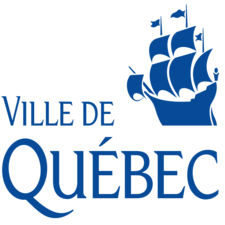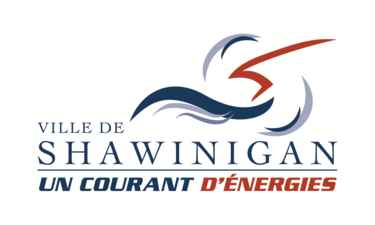Heritage
Type of resources
Available actions
Topics
Keywords
Contact for the resource
Provided by
Formats
Representation types
Update frequencies
status
-

Heritage sites of the City of Rimouski**This third party metadata element was translated using an automated translation tool (Amazon Translate).**
-

Inventory carried out in order to increase knowledge about built heritage. Starting with the 2015 pre-inventory, 608 heritage properties were selected. The selection of these properties was carried out in order to target properties with exceptional (7), superior (183) and good (418) heritage values. To these were added some of the properties that were already protected by a PIIA regulation and the properties built before 1900, as well as all the wayside crosses and calvaries, representing 181 additional properties, for a total of 789 heritage assets that are the subject of the inventory.**This third party metadata element was translated using an automated translation tool (Amazon Translate).**
-

Present the origin and meaning of the names of streets, squares, neighborhoods and other public places (domains, gardens, parks, in particular) on the territory of Quebec City.**This third party metadata element was translated using an automated translation tool (Amazon Translate).**
-

Approximate location of places that were the subject of a statement of heritage interest after 2012. The statement of heritage interest is a document prepared by the Heritage Division of the City of Montreal that outlines the various values (historical, symbolic, artistic, social, technical, etc.) of a place and identifies the characteristics of the place that express these values. Each statement prepared under the heritage assessment process for a place contains information updated by a working group specifically created to know and value a given place (sector, complex, building, monument, monument, garden, landscape, etc.).**This third party metadata element was translated using an automated translation tool (Amazon Translate).**
-

This dataset contains spatial and tabular data on non-archaeological historic trails in B.C. Some of these trails, or sections of trail, are defined or protected under provincial legislation such as the Heritage Conservation Act. Other trails or trail segments are recorded but not legally protected. This dataset represents point feature data (e.g. cabins, landmarks).
-

This dataset brings together various offers related to culture, arts and heritage. Among other things, we find museums, historical reconstruction and interpretation sites, performance halls and theaters, art centers and galleries, religious buildings. Please note that this dataset is an overview of the tourist offer in Quebec and is not intended to identify the entire offer. This data comes from the Quebec Tourism Information System (SIT Quebec). In addition, if your interest lies in obtaining official indicators and statistics on the Quebec tourism industry, we invite you to explore the Tourism Studies and Statistics section of the Québec.ca site at the following link: https://www.quebec.ca/tourisme-et-loisirs/services-industrie-touristique/etudes-statistiques.**This third party metadata element was translated using an automated translation tool (Amazon Translate).**
-

This dataset contains spatial and tabular data on non-archaeological historic trails in B.C. Some of these trails, or sections of trail, are defined or protected under provincial legislation such as the Heritage Conservation Act. Other trails or trail segments are recorded but not legally protected. This dataset represents polygon feature data (e.g. cleared areas associated with trails).
-

This dataset contains spatial and tabular data on non-archaeological historic trails in B.C. Some of these trails, or sections of trail, are defined or protected under provincial legislation such as the Heritage Conservation Act. Other trails or trail segments are recorded but not legally protected. This dataset represents line feature data (e.g. trail routes).
-

Polygonal layer of the inventory of built heritage on the territory of the city of Shawinigan. ! [Shawinigan logo] (https://jmap.shawinigan.ca/doc/photos/LogoShawinigan.jpg) **Collection context** Inventory carried out by the firm PatriArch in 2010, 2014, 2021. **Collection method** Location at the address, on the building. **Attributes** * `objectid` (`integer`): * `description` (`char`): * `report` (`char`): * `building_name` (`char`): * `jpg_link` (`char`): * `class` (`char`): * `photo_link` (`char`): * `piia` (`char`): * `st_area (shape) `(`double`): * `st_length (shape) `(`double`): * `inventory_year` (`char`): * `categorization_review` (`char`): For more information, consult the metadata on the Isogeo catalog (OpenCatalog link).**This third party metadata element was translated using an automated translation tool (Amazon Translate).**
-

IS: Í Minjavefsjánni er að finna upplýsingar um menningarminjar á Íslandi. EN: Minjavefsjá - Cultural and Archeological Heritage Map serves as a digital platform for accessing and exploring cultural heritage information and resources related to Iceland's history, archaeology, architecture, art, folklore, and other aspects of cultural heritage. It provides a valuable tool to disseminate information and location of protected archeological sites, preserved historical houses, archeological monuments, location of current archeological research and operations and much more.
 Arctic SDI catalogue
Arctic SDI catalogue